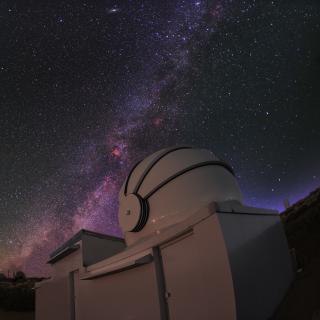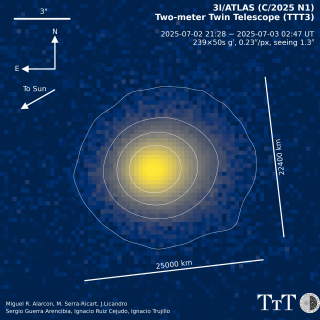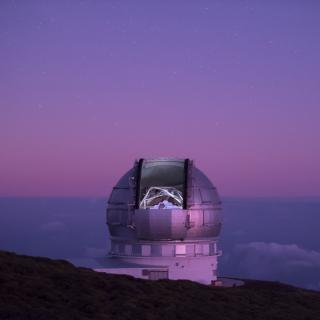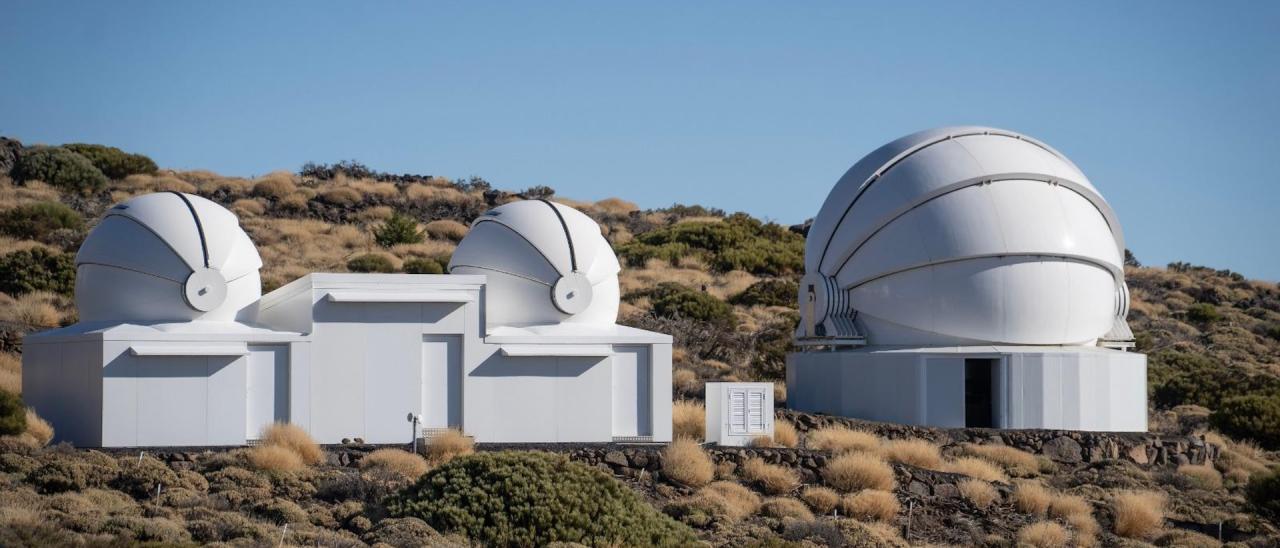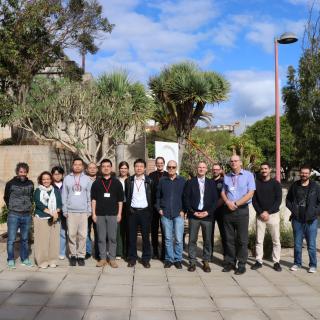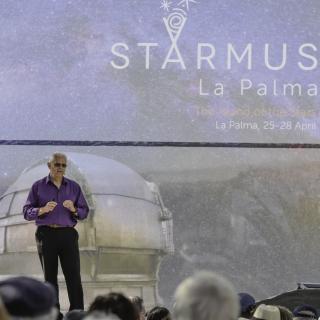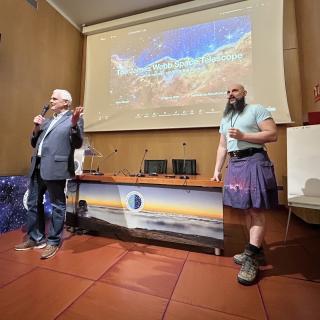The Teide Observatory of the Instituto de Astrofísica de Canarias (IAC) today hosted the official presentation of the Two-meter Twin Telescope (TTT), a private astronomical infrastructure that has been operating since December 2022 and consolidates the Canary Islands' role as a strategic international hub for astrophysical research.
During the event, the President of the Government of the Canary Islands, Fernando Clavijo, emphasized that the TTT project represents "a new stage in which the Economic and Fiscal Regime (REF), combined with science, promotes a knowledge-based economy that generates wealth and employment in the islands." He emphasized that the development of the telescopes has been possible thanks to the use of several REF fiscal instruments, such as the Reserve for Investments in the Canary Islands (RIC), the Canary Islands Special Zone (ZEC), and the 0% IGIC for astronomy and space. These advantages, he said, "allow the private sector to contribute to the progress of science from the Canary Islands.
The project was promoted by the Canary Islands-based company Light Bridges, which manages 75% of the telescope’s observing time in collaboration with international consortia and universities, primarily from the United States and Asia. Twenty-five percent of the observing time is reserved for scientific use by the IAC, strengthening cooperation between the public and private sectors in the development of advanced astronomical instrumentation.
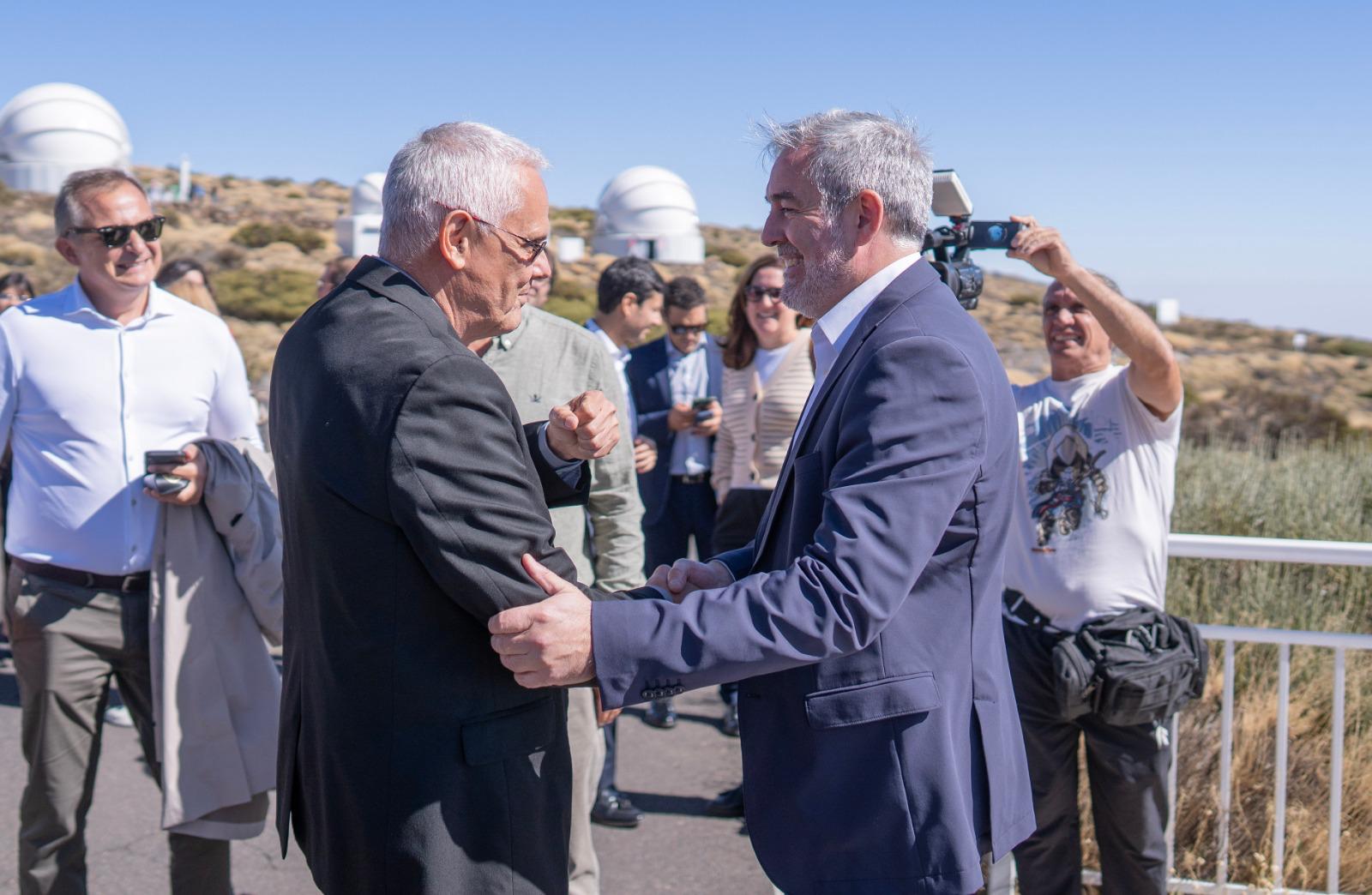
Antonio Maudes, co-founder of Light Bridges, noted that the project is the result of more than 25 years of collaboration between scientists and investors. “The TTT demonstrates that we can turn our tax advantages into science, innovation, and quality employment,” he stated. “And, most importantly, it prepares us for the next generation of large telescopes and technologies to come: from space surveillance to optical communications. The Canary Islands have the opportunity to establish themselves as a unique place where the skies and the REF come together to lead the way in research and technology.”
The director of the IAC, Valentín Martínez Pillet, emphasised that the installation of the TTTs demonstrates the Teide Observatory's capacity for growth, "which is a world example, both for its quality and because it will soon be one of the few observatories in the world that houses instruments and telescopes that operate in all wavelengths: from radio waves to telescopes that capture Cherenkov light, through microwaves and the infrared spectrum."
Martínez Pillet expressed his gratitude for the public-private collaboration that has yielded this project, "where private initiative and public administrations converge in a clear commitment to the knowledge economy." He also emphasised "the Canary Islands is, a leader in astrophysical science and technology because of the IAC and the institutions that use our observatories, and this generates an extraordinary economic movement that is underpinned by significant social support and commitment, without which we could not grow."
Martínez Pillet agradeció la colaboración público-privada que se ha materializado en este proyecto, “donde confluyen la iniciativa privada y las administraciones públicas en una clara apuesta por la economía del conocimiento”. También destacó que “Canarias es líder en ciencia y tecnología astrofísica a través del IAC y de las instituciones usuarias de nuestros observatorios, y eso genera un movimiento económico extraordinario que se apuntala en el importante apoyo y compromiso social, sin el cual no podríamos crecer”.
The Two-meter Twin Telescope (TTT) is a robotic facility consisting of four telescopes in total: two 2.0-meter twin telescopes and two 0.8-meter complementary telescopes, all designed to operate in a coordinated and fully robotic manner. This architecture makes the TTT one of the most versatile and powerful medium-sized observatory systems in Europe.
